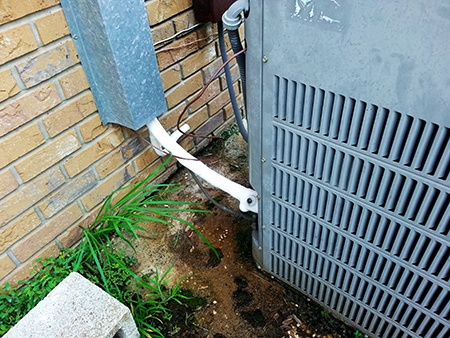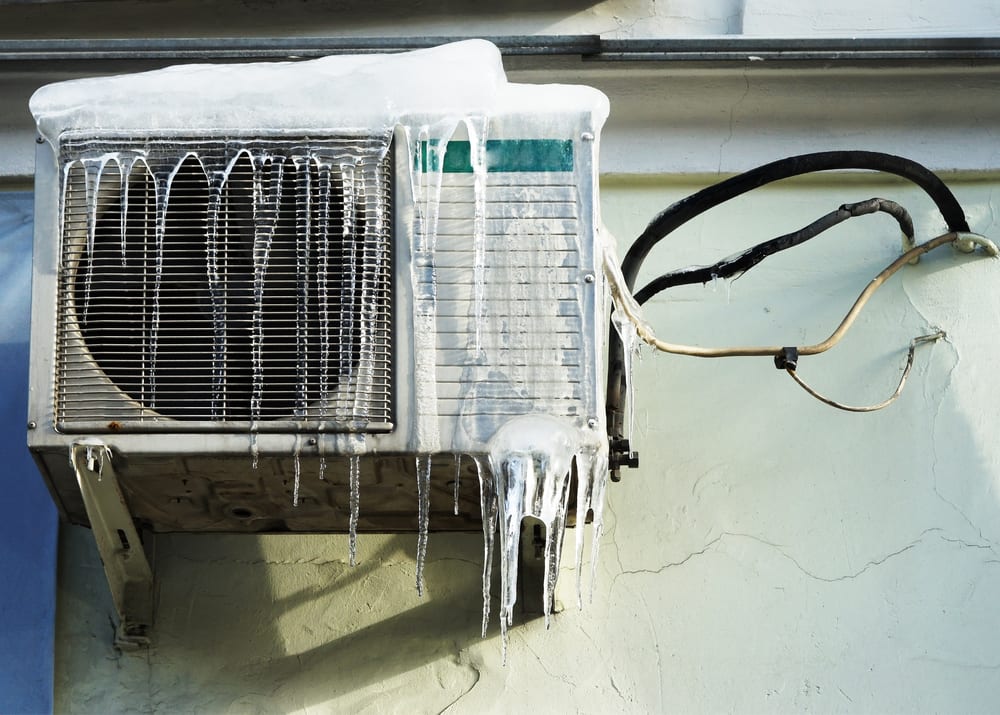Identifying a Frozen AC Pipe - Effective Fixes for Home Air Conditioning Systems
Identifying a Frozen AC Pipe - Effective Fixes for Home Air Conditioning Systems
Blog Article
We have stumbled on the article involving Air Conditioner Frozen? How To Fix your Frozen AC Line below on the internet and thought it made sense to talk about it with you over here.

Intro
Uncovering that your air conditioner pipe is iced up can be worrying, particularly throughout warm summertime when you count on your ac system the most. Understanding what to do in such a situation is important to stop further damages to your air conditioning system and ensure your comfort inside.
Recognizing the Causes
A number of elements can add to the cold of an air conditioning pipe. Recognizing these causes can aid you attend to the issue properly.
Lack of Airflow
One common root cause of a frozen air conditioning pipe is inadequate air flow. When the airflow over the evaporator coil is restricted, it can create the coil to drop below freezing temperature level, leading to ice development on the pipeline.
Low Refrigerant Levels
Inadequate cooling agent levels in your a/c system can additionally result in a frozen pipeline. Low refrigerant degrees can cause the pressure in the system to drop, leading to the cold of wetness on the evaporator coil.
Winter Conditions
In cooler environments, freezing temperature levels outside can contribute to the cold of air conditioning pipelines. If your air conditioning system is not properly protected or if there are leakages in the ductwork, cold air can infiltrate the system, triggering the pipeline to ice up.
Dirty Air Filters
Dirty or blocked air filters can restrict air flow in your air conditioner system, leading to various issues, consisting of a frozen pipe. It's essential to change or clean your air filters consistently to guarantee appropriate air movement and avoid ice accumulation.
Indicators of a Frozen AC Pipe
Acknowledging the indications of an icy air conditioner pipeline is essential for punctual action.
Minimized Airflow
If you discover a significant reduction in airflow from your vents, it might show a frozen pipeline.
Ice Buildup on the Pipe
Noticeable ice accumulation on the cooling agent line or the evaporator coil is a clear sign of a frozen a/c pipeline.
Unusual Sounds from the Unit
Unusual audios, such as hissing or gurgling, coming from your air conditioning system can signify that there's ice existing on the pipe.
Immediate Actions to Take
When faced with a frozen air conditioning pipe, it's important to act promptly to prevent further damage to your cooling system.
Turning off the AC
The first step is to turn off your a/c to avoid the system from running and worsening the problem.
Checking for Blockages
Inspect the location around the interior system for any blockages that might be blocking air movement, such as furnishings or curtains.
Defrosting the Pipe
You can make use of gentle approaches like putting towels soaked in cozy water around the frozen pipe to aid thaw it slowly.
Safety nets
Taking preventive measures can help prevent future incidents of an icy air conditioning pipeline.
When DIY Methods Fail
If your attempts to thaw the pipe or address various other problems are unsuccessful, it's time to call in a specialist.
Importance of Hiring a Professional HVAC Technician
A licensed HVAC technician has the know-how and devices required to identify and fix issues with your air conditioning system securely and properly.
Routine Maintenance Checks
Set up regular maintenance checks with an expert HVAC service technician to make certain that your AC system is running successfully.
Transforming Air Filters
Consistently change or cleanse your air filters to stop air movement limitations and preserve optimal efficiency.
Shielding Exposed Pipes
If your AC pipes are exposed to cold temperature levels, think about insulating them to stop cold during winter months.
Looking For Professional Help
If DIY techniques fail to solve the problem or if you're uncertain about just how to proceed, it's finest to look for help from a qualified HVAC technician.
Conclusion
Dealing with an icy a/c pipe can be a frustrating experience, but recognizing how to react can assist reduce damages and bring back convenience to your home. By comprehending the reasons, acknowledging the signs, and taking timely activity, you can efficiently resolve the issue and stop future occurrences.
Frozen AC Line: Why It Happens & What To Do About It
A frozen AC line can be a rather peculiar sight in a place like Phoenix, Arizona where nothing ever freezes. In this post, we’ll discuss what makes an air conditioner line frozen – and what you can do about it.
Dirty Air Filters
Did you know that you should be cleaning or replacing your air filters on a monthly basis? Failing to do this can result in airflow issues that, in turn, cause your evaporator coils and lines to freeze over. You’ll notice a buildup of ice on both components, although the buildup on your pipes will, of course, be more evident unless you open your air condition up to reveal the coils.
What To Do About It
Give your air filter a good cleaning if it’s reusable. If not, replace the filter outright. Next, switch your air conditioner’s fan setting on and leave it there for 2-3 hours. This will draw warm air in, helping to thaw your evaporator coil. You can also check out this article for some tips on cleaning the coils themselves if you’d like to speed the process up. Before you switch the unit back to its normal state, make sure the supply vents are completely unobstructed and free of dust or other debris.
If you keep having this issue even after replacing your filters regularly, contact a local HVAC repair company and have them inspect your evaporator coil, ductwork, and any other components that may be at fault. If you live in the Phoenix, Arizona area, give American Home Water and Air a call.
Low Refrigerant Levels/Leakage
What To Do About It
Contrary to what air conditioner “recharge” companies often tell their clients about refrigerant, it should never need to be simply refilled. You see, refrigerant runs in what experts refer to as a “closed loop.” Refrigerant really shouldn’t be leaving that loop. If it is, you’ve got a leak.
Paying someone to come and pump more refrigerant into your system (aka “recharge” it) isn’t the solution. Doing that will simply kick the can down the road. Besides, refrigerant leaks can be harmful to the environment and people in your home.
Rather, you need to take care of the leak with the help of a technician. Check out this article for some more information about dealing with air conditioners that are leaking refrigerant. Before you contact a technician, switch your thermostat to the off position. Then, switch the fan setting on and let it run for 2-3 hours so the unit can thaw.
Improper Temperature Setting
Improper temperature settings can also cause a drop in your air conditioner’s pressure. What many people don’t realize is that air conditioners are actually designed to run when temperatures have fallen above roughly 60 degrees Fahrenheit. If you run the unit when it’s cold outside, you’ll run into many issues, including frozen components.

As a serious reader on Why Is Ice On My Outside Air Conditione, I think sharing that chunk was smart. Make sure you take the opportunity to promote this blog if you liked it. Many thanks for your time. Don't forget to pay a visit to our site back soon.
Click Here Report this page